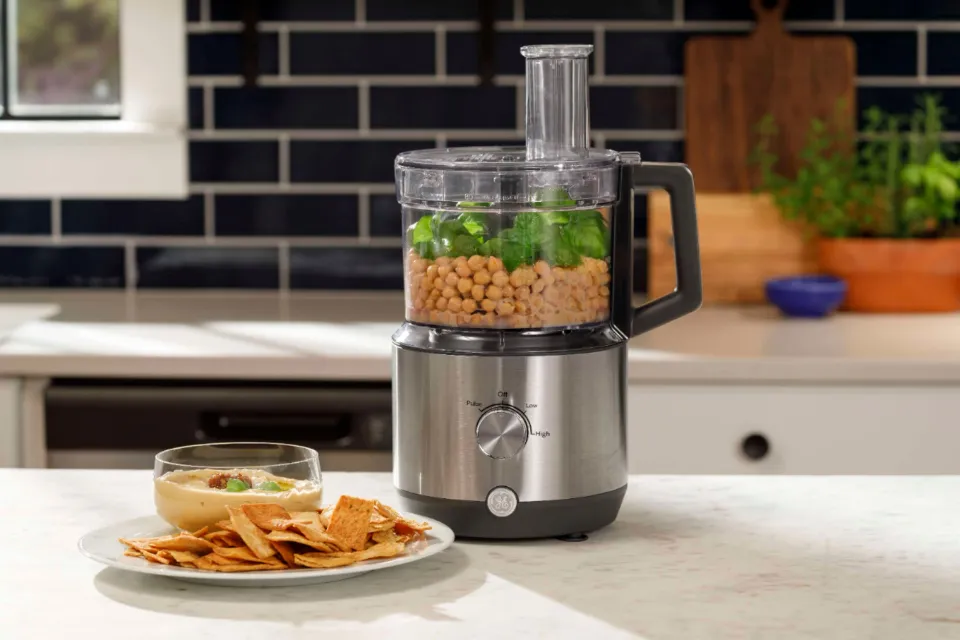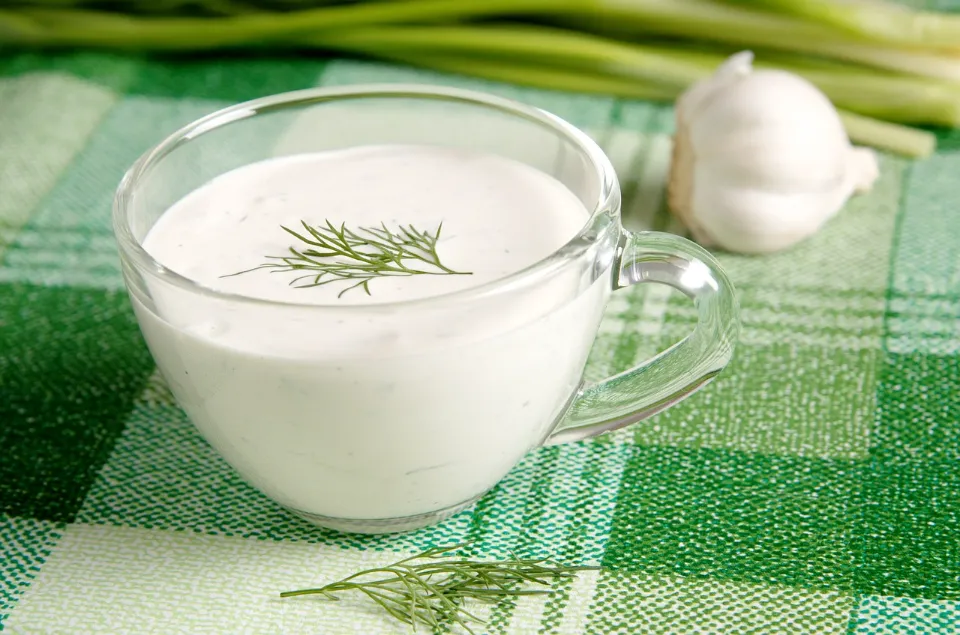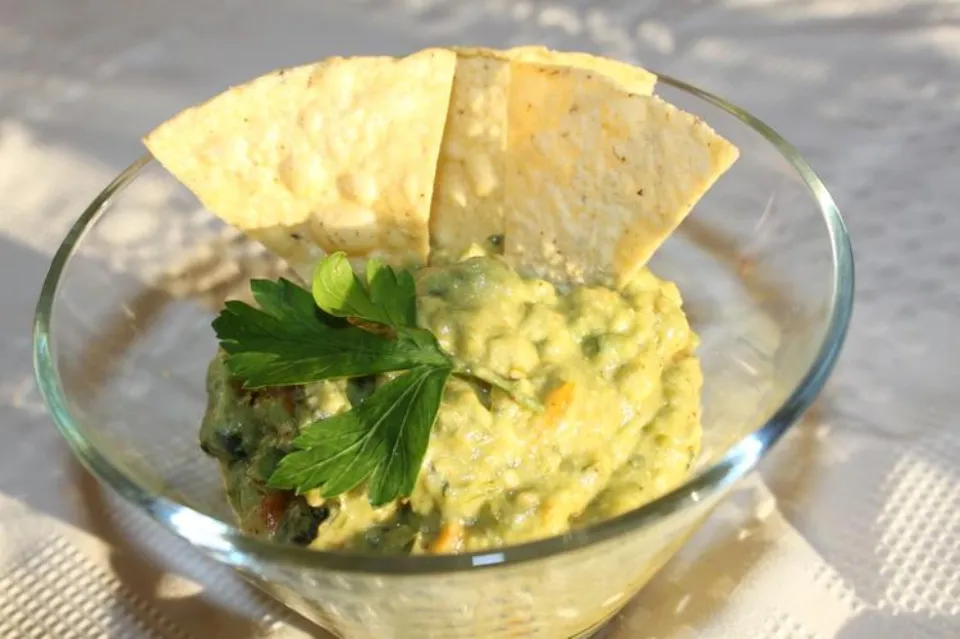While they resemble blenders in some ways, food processors are actually much more useful in the kitchen for tasks like blending, chopping, pulsing, and grating.
If you like to cook a lot of different things, a food processor is worth the investment because you need one to grind up dry food.
Let’s delve into the subject a little deeper so you can determine whether purchasing a food processor is worthwhile for you.
What is a Food Processor?
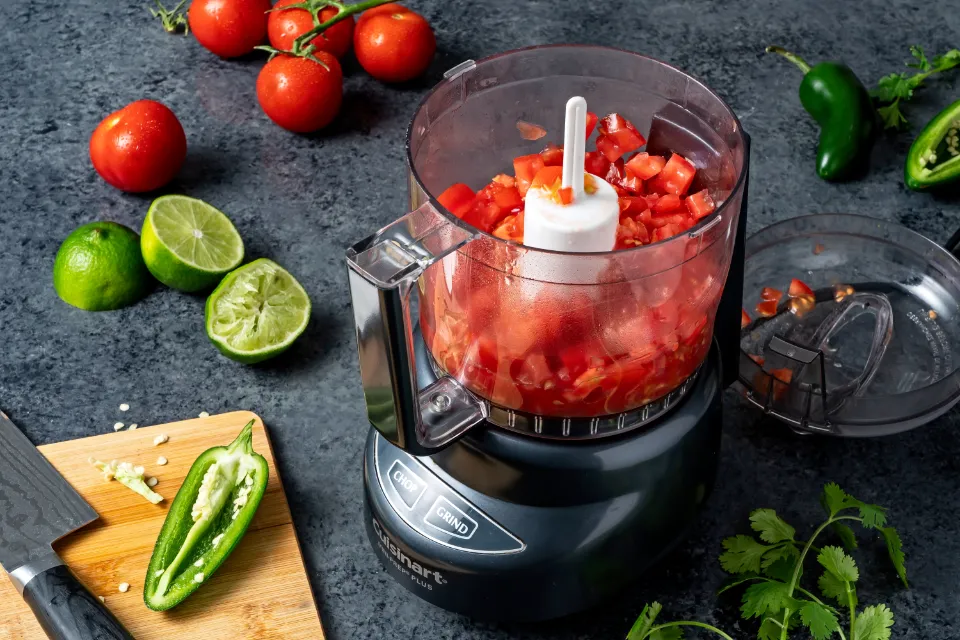
Since a very long time, the term “food processor” has been used to describe an appliance used in the kitchen to perform routine tasks. Although blending food so that it can be used in sauces and other dishes is the most common use of food processors, there are other options.
Often, food processors may have attachments that are used to slice or chop food, rather than blending it until smooth.
Nowadays, food processors are electrical appliances driven by a motor, though there are some manual devices also referred to as food processors. In many ways, food processors resemble blenders in terms of appearance; both have a sizable body to which you add food and wait for it to be processed.
The main difference in the appearances of food processors and blenders is that food processors typically have much larger capacities. Read More: Food Processor vs. Mixer – Which One Should You Choose?
What Does a Food Processor Do?
As they frequently come with a variety of attachments and options, food processors are very versatile and can perform a variety of tasks. The thing that makes a number of food processors particularly versatile is that they’re designed around a basic idea: a rotating motor can be used in a number of ways with different attachments.
A spinning blade, for instance, can be used to cut something, and a flat spinning plane with tiny holes can be used to quickly and effectively grate cheese or vegetables.
Most notably, food processors usually come with attachments designed to help with chopping and slicing, leaving you with a chunky mixture in the body of your food processor. This is in stark contrast to blenders, which concentrate on providing you with a liquid that is flawlessly smooth.
For occasional bakers, food processors can be helpful as well. Regular and professional bakers often speak about the benefits of having and using a stand mixer in their kitchen. These large appliances can be used to beat mixtures at extremely high power—as you might need to make meringue—or to knead bread dough for a very long time.
Food processors, while much less powerful than the majority of stand mixers, can be used in a similar way. They can occasionally be used to knead dough or make a thick meringue thanks to their versatility. They can work well in that use case even though that isn’t their primary purpose.
The reason that they suit occasional bakers best here is that a more regular baker would likely be better suited by a more powerful and dependable stand mixer.
What Can I Use a Food Processor For?
Food processors can be used for a plethora of purposes just by virtue of their design. They are actually made specifically for that purpose. You’d be hard pressed to find a food processor out there which doesn’t allow you to pick a few different tasks and select the appropriate attachments.
Making shortcrust pastry is an unexpected use for food processors. Many people dislike making shortcrust pastry because the typical method (known as the rubbing in method) can be laborious and messy. Luckily, a food processor can help you at every step along the way.
You can quickly make a simple shortcrust pastry by simply mixing equal parts butter and flour. To make that dough, we’d recommend using a blade attachment for your food processor. This attachment will mean that you can rapidly chop and slice the butter into very small pieces, as well as combining it with a small amount of flour due to the rapid spinning motion.
Shortcrust pastry is incredibly easy to make using this technique.
Spiralizing food is a fantastic additional application for food processors. A powerful food processor usually does this job exceptionally well, even though it requires a specialized attachment. Curly fries are made by spiralizing. While the vegetable is spinning, a strip of it is taken off.
This implies that you can obtain a very long, continuous strip that is usually deep-fried or air-fried for crispiness. The thing that makes a food processor good for this task is the inherent power behind the electric motor. Often, spiralizers are standalone pieces of equipment which need to be hand-cranked.
This is challenging and takes up a lot of time and space. It will be much simpler to spiralize food if you use a small attachment for a food processor, and you can easily store the tool away once you’re finished.
How Much Are Food Processors?
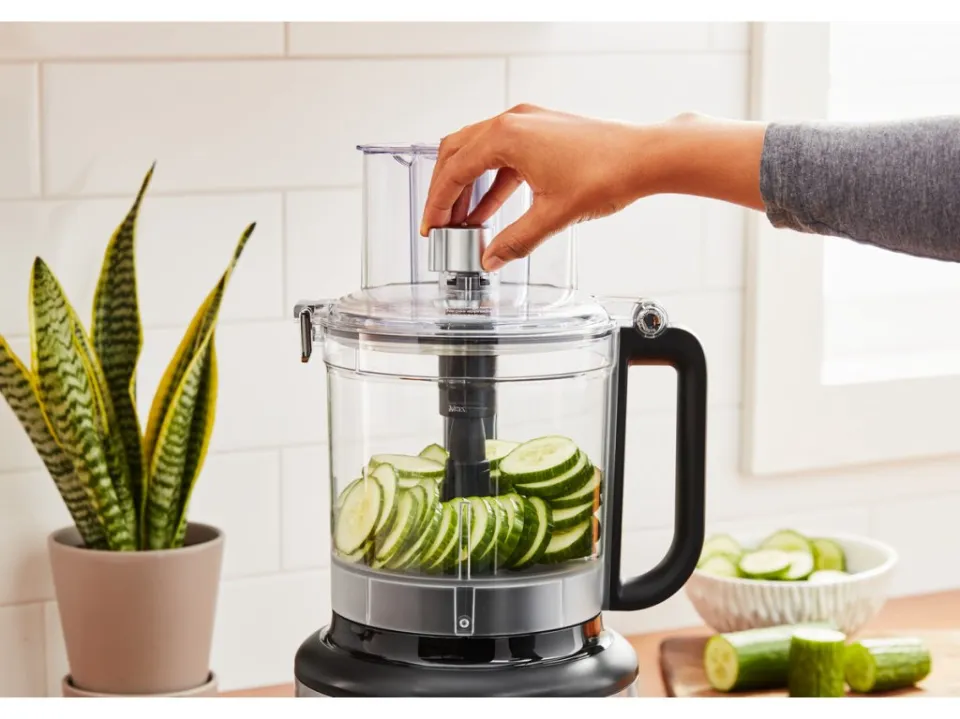
Depending on where you purchase your equipment from and which brand makes each specific appliance, the cost of food processors can vary significantly. Food processors that cost more probably have a bigger capacity and more accessories.
Small food processors can be purchased for around thirty pounds at the low end of the spectrum. This is unquestionably a low-cost option, but it might only have a very basic spinning blade and might not have the ability to add or replace any attachments.
A food processor can cost up to 400 pounds at the top end of the spectrum. Although this is a very high cost, you are actually paying for two things: the quality and the life. Usually, more expensive and powerful motors are found in food processors that cost more money.
These motors will typically be very dependable and durable, making them a much more durable appliance for your kitchen. Investing in a more expensive motor will also improve the food processor’s quality because it will probably be able to effortlessly chew through almost anything.
The converse is also true: harder root vegetables may be difficult for a less powerful food processor to process.
It’s important to note that purchasing a food processor might have additional costs. You might need to purchase an additional larger bowl or set of attachments for some food processors because their base models are quite basic. You are essentially assembling a large appliance piece by piece in those circumstances.
Buying kitchen equipment this way is typically not very cost-effective and can have a very high overall cost.
Benefits of Food Processor
1. Time and Labor Savings
It is no secret that dicing several bags of tomatoes or onions will take some time (it might even make you cry). Continuous-feed food processors can quickly dice several pounds of produce while minimizing tears. While larger models can process up to 132 pounds per minute, smaller continuous-feed food processors can only process about 11 pounds per minute. It’s essential to be able to reduce prep time, especially when kitchens are trying to save money on labor or when they lack staff.
2. Consistent Cuts
Consistent cuts are crucial because a chef wants to satisfy their patrons. Diverse levels of knife proficiency can result from multiple people preparing food in the kitchen. You can consistently obtain cuts using food processors with continuous feed. When adding ingredients to your food processor, load them clockwise against the wall. As the knife moves counterclockwise, this orientation allows that product to be cut consistently. Not to mention that the market offers a variety of cutting tools for various thicknesses of slicing, dicing, and shredding to provide versatility and support quality.
3. Better Food Quality
The best meals can only be made with high-quality ingredients. While purchasing precut and prewashed vegetables may seem appealing because it saves time, you might be surprised at how much quality those ingredients are losing.
According to the CDC, roughly half of all foodborne illnesses in the United States stem from fresh produce contaminated with Salmonella, E. coli or Listeria. Instead of one head of lettuce being contaminated, when buying pre-cut produce the whole bag is contaminated.
Fresh produce also tastes better and lasts longer than precut produce. Intense flavor and moisture are retained by whole fruits and vegetables. Consider slicing a juicy tomato or a crisp cucumber: water starts to collect on your cutting board or knife almost immediately. The same thing occurs with precut vegetables, except that by the time they get to your kitchen, all the moisture and flavor have been almost completely lost. The shelf life comparison will also show this.
Continuous-feed food processors with cutting tools that move at an ideal speed of 420 rpm can help preserve quality. This speed is gentle enough to maintain the moisture while being fast enough to cut consistently and precisely.
4. Versatility
Continous-feed food processors are capable of more than just dicing and slicing produce. Operators can also shred, crimp, grate, and julienne a variety of foods besides just fruits and vegetables. Hard cheeses, nuts, and dry bread can all be processed to create breadcrumbs.
A bowl-style food processor gives you more versatility for chopping, mincing, mixing, and emulsifying. Hummus, pesto, dough, and dressings are just a few of the recipes that can be processed by this machine.
Is There An Alternative Appliance That Also Has a Food Processor Included?
The issue is that food processors are typically very heavy appliances. They require a lot of counter space and rightfully so. To ensure that they’re suitably anchored and secured for maximum safety, the bases are often quite large. This indicates that integrating a food processor into another appliance is very challenging.
However, due to their large size, manufacturers now make food processors with multiple features. Single food processors with very large inner chambers and motors are now being produced by a number of different companies. Given its size, it can be equipped with and put to use with a variety of attachments for a variety of purposes.
For instance, the Kenwood Multipro sense uses numerous different attachments, some of which are included with the machine itself. Along with a set of grating and slicing discs, the appliance also includes a dough hook and a small blender attachment that can be mounted to the same base as the food processor.
Make sure to purchase a food processor that comes with a variety of attachments in the box to make sure you’re getting the most for your money when purchasing a food processor.
Are Food Processors Worth It?
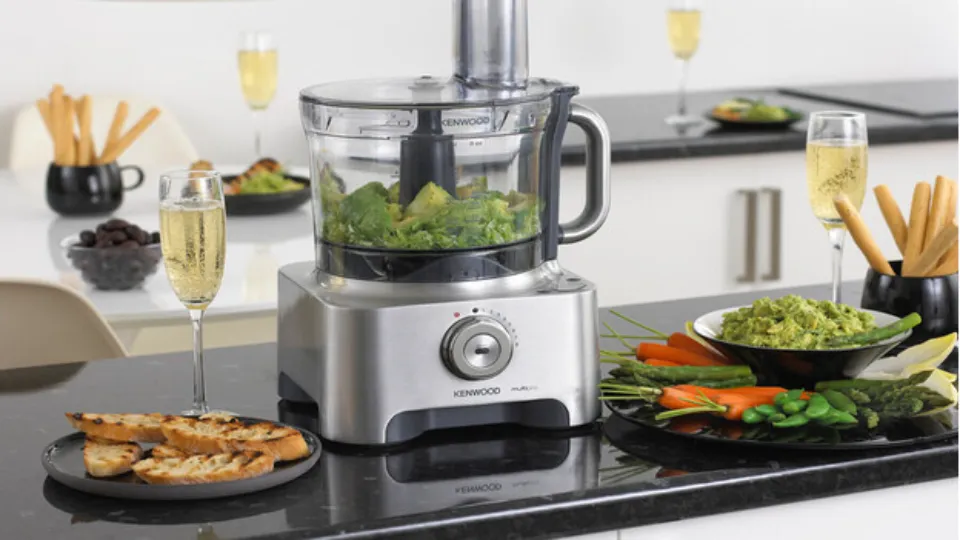
If you enjoy doing a lot of different types of cooking, food processors are worthwhile. For people who want to do a variety of things but don’t do any of them frequently enough to require a specialty machine, food processors are really ideal.
If you were someone who frequently made a lot of dough in your life, making a loaf of bread would require a lot of kneading. If that’s the case, then you might consider investing in a stand mixer which, while expensive, is unparalleled in its ability to effectively knead bread dough.
A food processor would be more appropriate for you if you enjoy occasionally baking in addition to juicing, blending, and grating. All of those tasks can be completed with ease by a food processor; consider it a “jack of all trades.”
Conclusion: is Food Processor Worth It?
When purchasing a food processor, be sure to choose one that is well-built, has useful features, and offers dependable technical support. Also, take the time to teach kitchen staff how to use the appliance properly. In the long run, you can benefit from the equipment’s quality, consistency, and dependability to keep your menu appealing and fresh.

